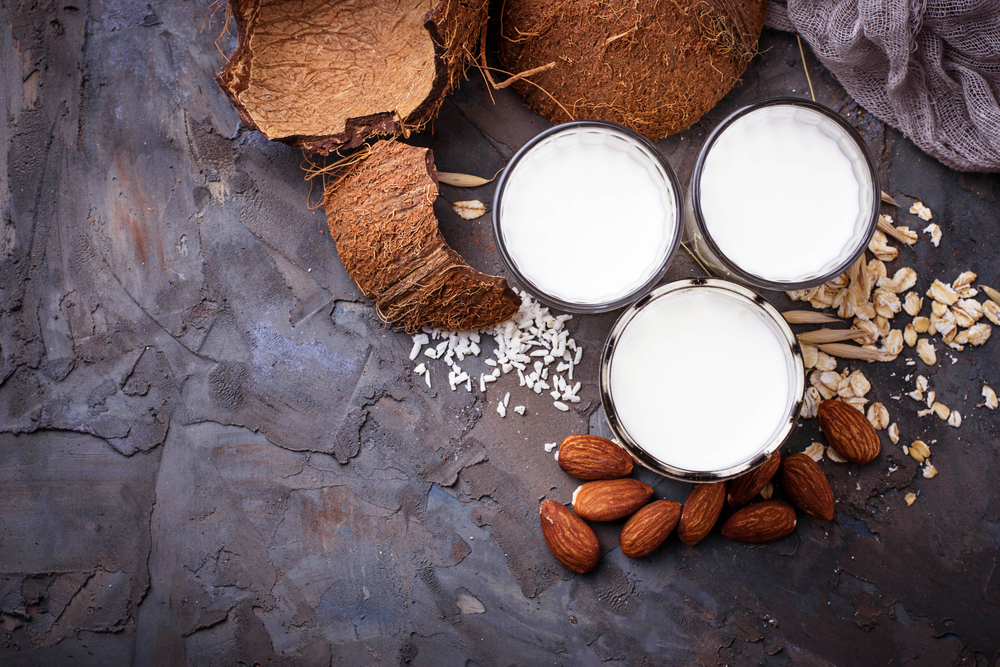The ‘99’ Flake can trace the roots of its name all the way back to Italy
Nothing seems to anger nostalgic Brits quite like the fact that “99” Flakes don’t cost 99p. Except perhaps the extortionate price of Freddo chocolate bars.
Some people assume that the “99” Flake derives its name from its original cost. However, this isn’t the case.
While the origin of the “99” Flake name is still somewhat shrouded in mystery, there is apparently a logical reason for its title that has nothing to do with the price tag.
The name of the “99” Flake, an ice cream cone traditionally served with a Cadbury Flake perched inside, was reportedly inspired by Italian royalty.
It all stems back to Italian soft ice cream makers working in County Durham in the 1920s who decided to incorporate the Flake into their ice creams in order to increase interest and boost sales.
Their chosen combination proved very popular, so much so that they needed to devise a memorable name for their innovative creation.
In the days of the monarchy in Italy the King has a specifically chosen guard consisting of 99 men, and subsequently anything really special or first class was known as ‘99’ – and that is how ‘99’ Flake came by its name Cadbury states.
While the regal connection of the “99” Flake to the Italian monarchy may sound impressive, there are other theories circulating about how the ice cream obtained its name.
In 1922, a man called Stefano Arcari opened up an ice cream shop in Scotland at 99 Portobello High Street.
He would apparently break a Flake in half and then place it in the ice cream to serve to his customers, taking inspiration from the shop’s address for the ice cream’s name.
It has been a family legend for as long as I can remember that my grandad invented the ‘99’, but the problem is, we have no proof,” Tanya Arcari, Stephen’s granddaughter told the BBC.
My dad always said that my grandad broke a Flake in half – before the short ‘99’ Flakes were manufactured – and stuck it in an ice cream.
We’re not sure of the exact date he did that, but it was not long after he opened the shop in 1922.
Rudi Arcari, Stephen’s son, believes that a representative from Cadbury’s may have then taken the idea.
Others speculate that the “99” Flake was so-called to honour the i Ragazzi del 99, “the Boys of ‘99’.
They were a group of soldiers born in 1899 and so the last to enlist in the First World War.
Some streets in Italy have been named after them in commemoration.






 Instagram
Instagram YouTube
YouTube LinkedIn
LinkedIn